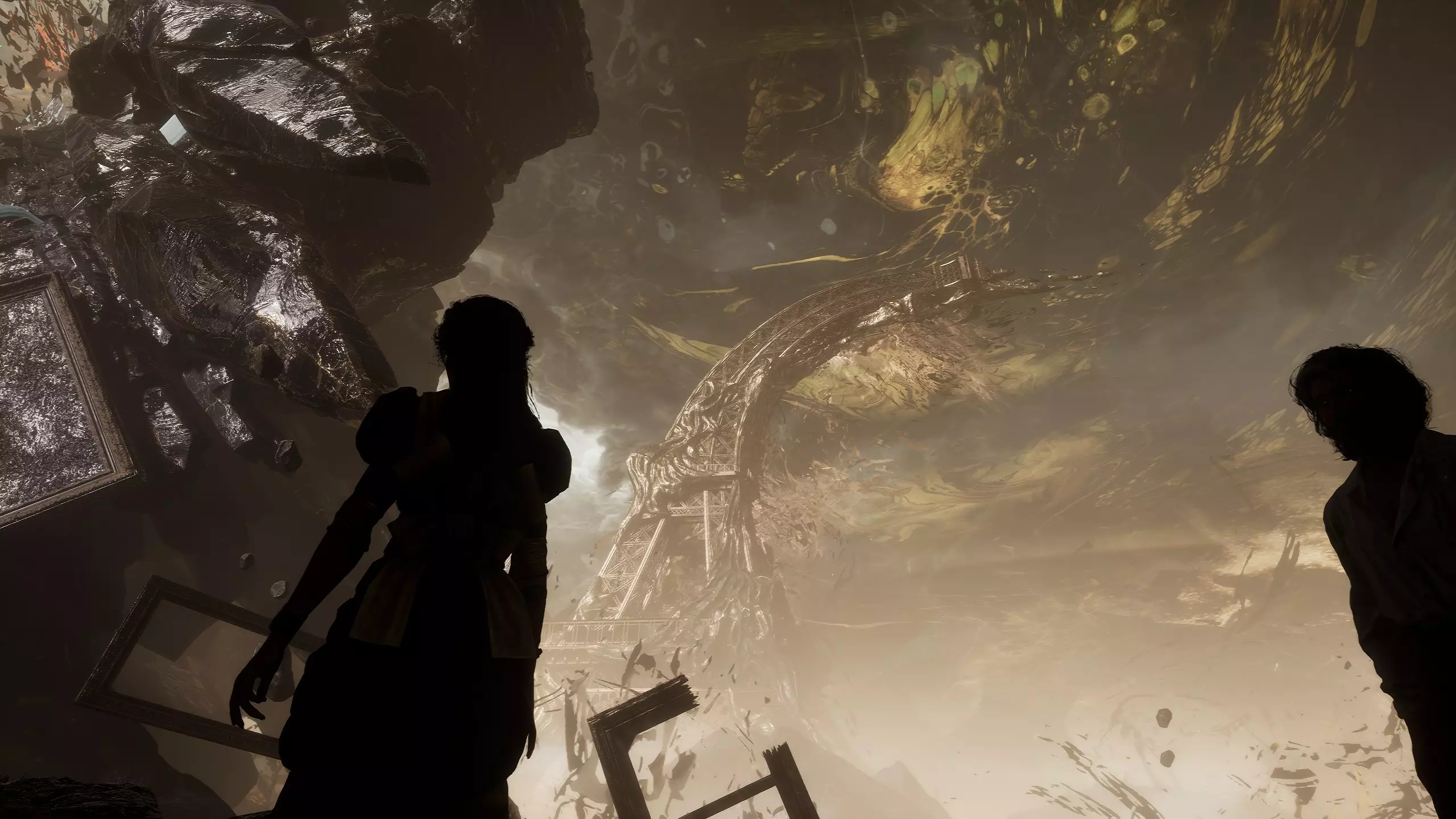Embarking on a big creative endeavor, particularly in the realm of game development, evokes a whirlwind of emotions—it’s an exhilarating blend of euphoric inspiration and gut-wrenching frustration. One moment, you’re on cloud nine, reveling in the brilliance of your concepts, and the next, you’re grappling with the stark reality of your creative choices. This tumultuous journey takes center stage in the past experiences shared by the creators of Clair Obscur: Expedition 33. Their candid reflections offer a raw glimpse into the grueling landscape of game design, where the stakes are continually raised.
Guillame Broche, the visionary CEO and Creative Director at Sandfall Interactive, captures the essence of this rollercoaster when he discusses a moment of profound clarity during development. “It was like discovering the key to elevating enemy encounters. Suddenly, everything felt ten times better,” he reflects. Yet, this revelation comes at a steep price. The implications of that breakthrough meant not a simple tweak, but an extensive overhaul of over a thousand enemy attack animations and skills—an evolution that would demand sweat, tears, and perhaps a few late nights.
The Burden of Perfection
Broche’s recognition of the need for change highlights a fundamental truth in creative work: the pursuit of perfection is fraught with sacrifices. The phrase “let’s do it” takes on a heavy connotation in his reflection; it signifies a choice to embrace the arduous process of refinement over settling for mediocrity. At that moment, the thrill of knowing that their game could be significantly better outweighs the impending workload—illustrating the sheer dedication that drives creative professionals in their craft. It’s a mindset that resonates with anyone who has faced the daunting task of revising a project in the quest for excellence.
Equally revealing are the experiences from Nicholas Maxson-Francome, the game’s art director. He conveys the disheartening reality of needing to redo the world map due to miscalculations. “It was a complete rebuild. Nothing matched—the mapping was a mess,” he admits. His struggle is not just with technical details; it’s with the emotional investment in his initial creation, which he now had to abandon. This narrative of reinvention, though painful, emphasizes a key theme in the creative process: true artistry often requires letting go of beloved but flawed concepts in favor of an improved vision.
The Power of Resilience in Game Development
Both Broche’s and Maxson-Francome’s stories serve as poignant reminders of the hurdles many face in the realm of game design. The path to creating something truly memorable is rarely linear. It demands resilience, an unwavering commitment to the vision, and a willingness to traverse through discomfort to emerge on the other side with something extraordinary. Every painstaking minute put into refining each skill, every painstaking oversight corrected, contributes cumulatively to an enriching player experience.
The hours can be taxing; as Broche notes, “It’s three to four minutes per skill. You question your life choices at times, but it’s so worth it.” It’s in these demanding moments where true growth occurs, both as a creator and a team. What might seem like insurmountable setbacks transform into invaluable learning experiences. After all, these obstacles are the weightlifting sessions for creative minds, strengthening skills and resolve alike.
The Heart of Game Development: Community and Collaboration
As I reflect on the stories shared from the team at Sandfall Interactive, it becomes evident that the collaborative spirit profoundly influences the product they’re developing. Each member brings unique critiques, perspectives, and support mechanisms that help shape the final form of the game. The significance of teamwork in overcoming individual setbacks cannot be understated. It’s a shared journey of highs and lows, where artists, designers, and developers become integral parts of a collective vision.
The stories of Broche and Maxson-Francome encapsulate the essence of development far beyond the glimmering final product. They remind us that every game—every experience—is imbued with the huge investment of heart and soul from those who bring them to life. The physical challenges of rewriting code and redesigning elements are offset by the emotional rewards of watching players engage deeply with their creations. Only through grappling with these realities do creators ultimately unlock not just better gameplay, but vibrant worlds where players can lose themselves, enriching the gaming landscape for everyone.

